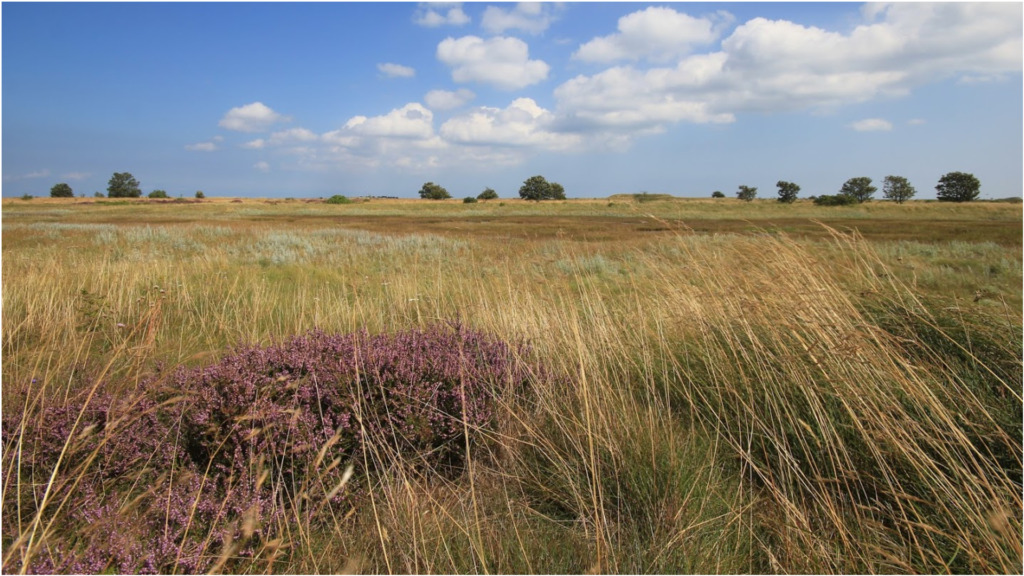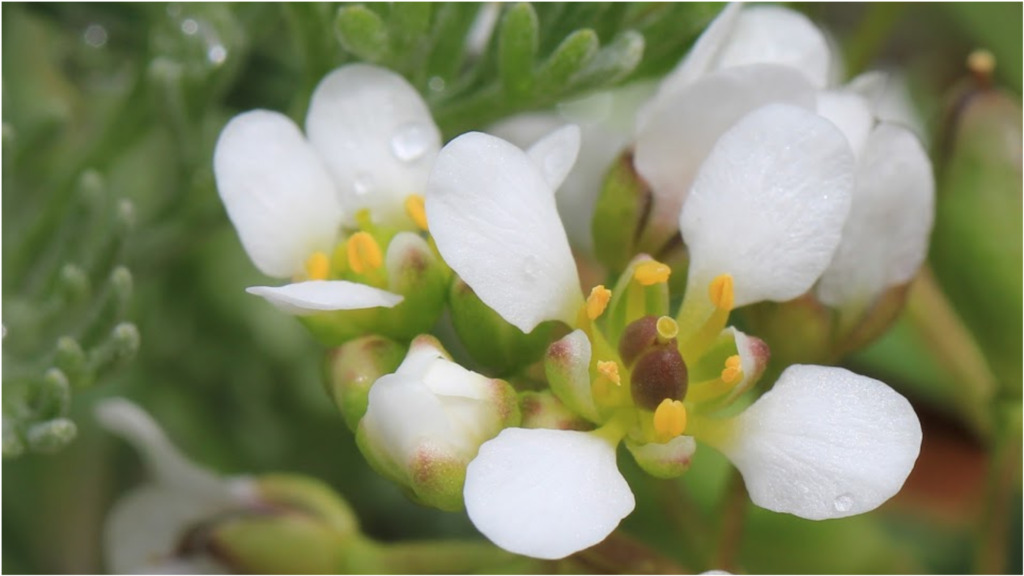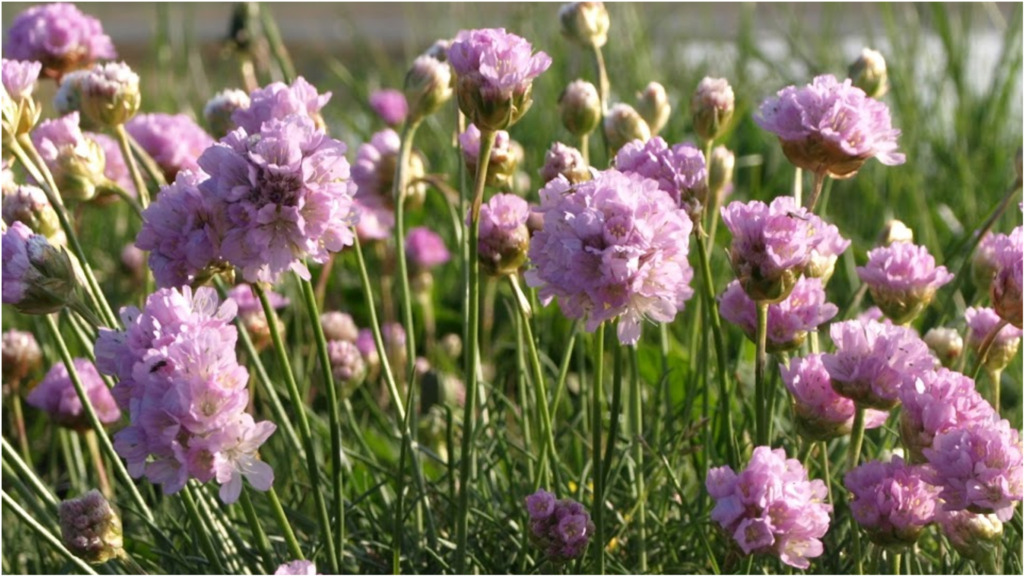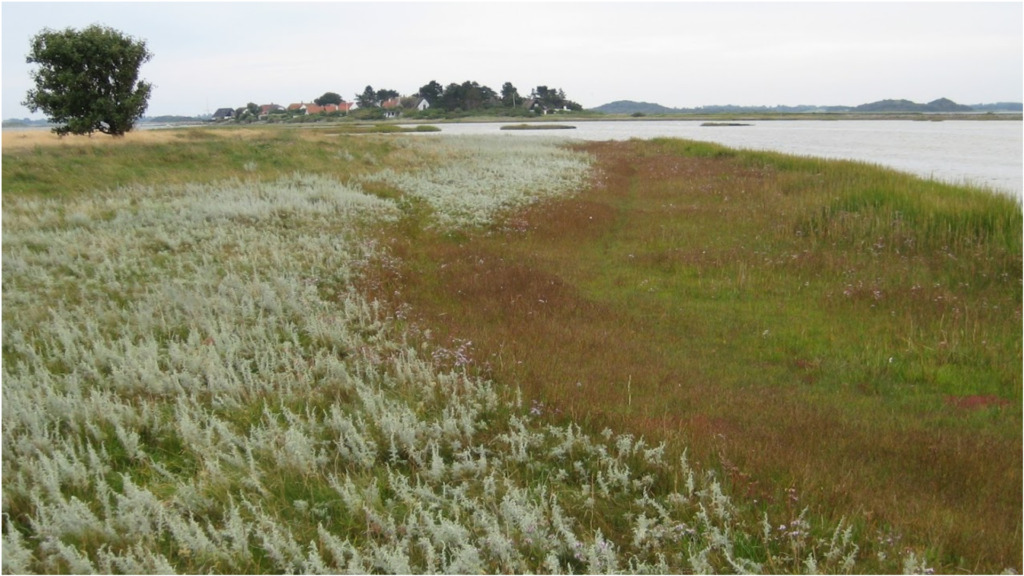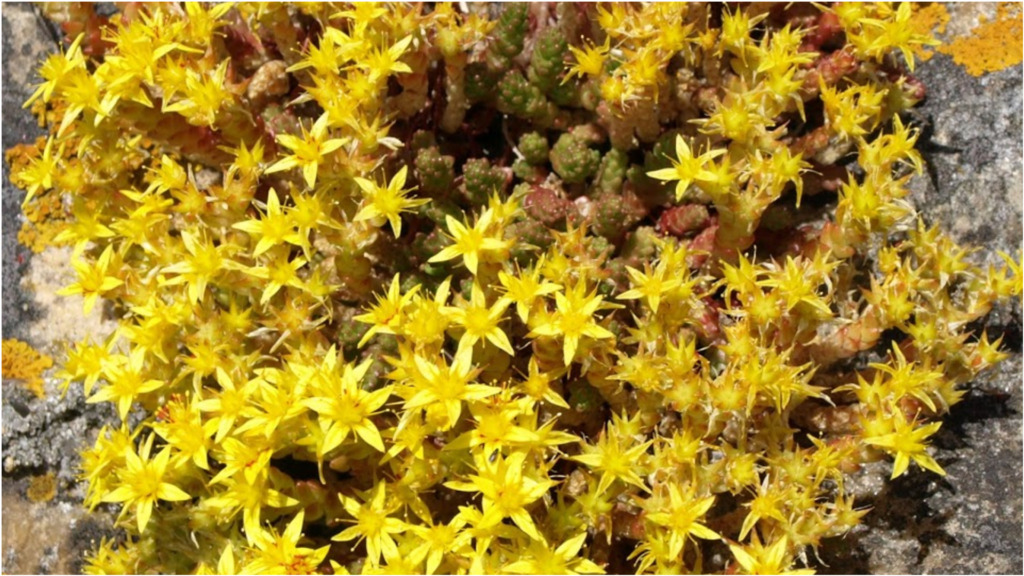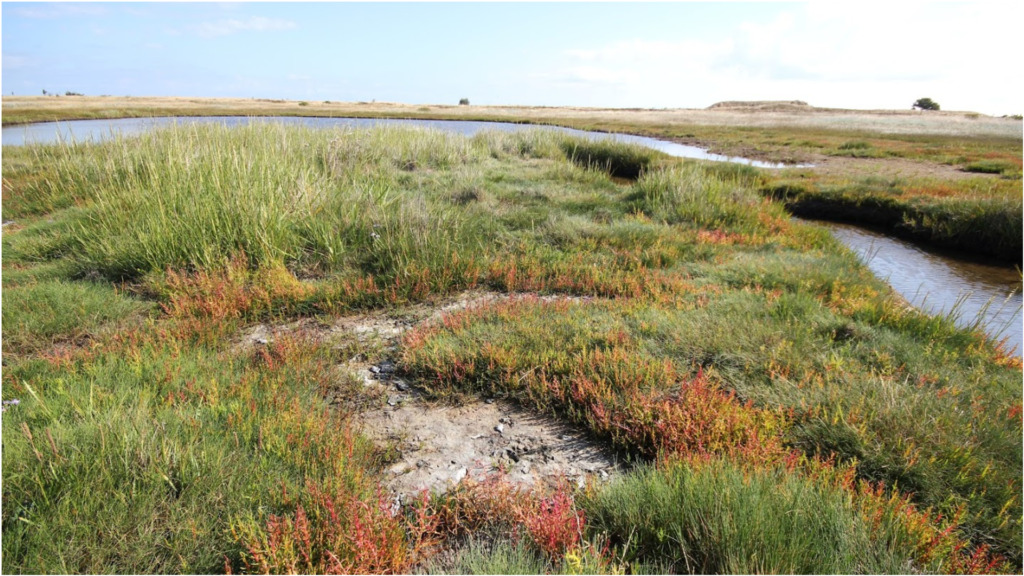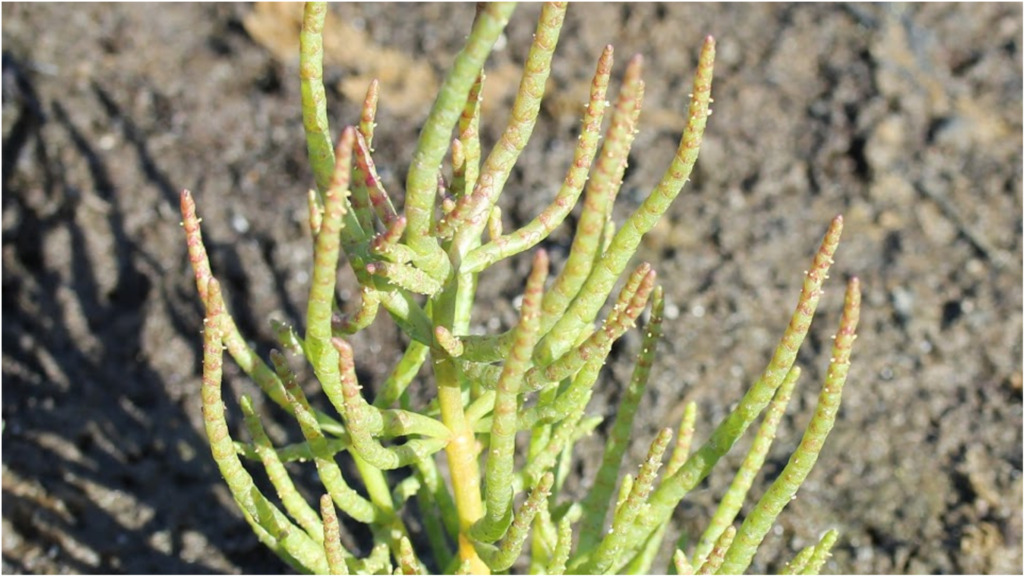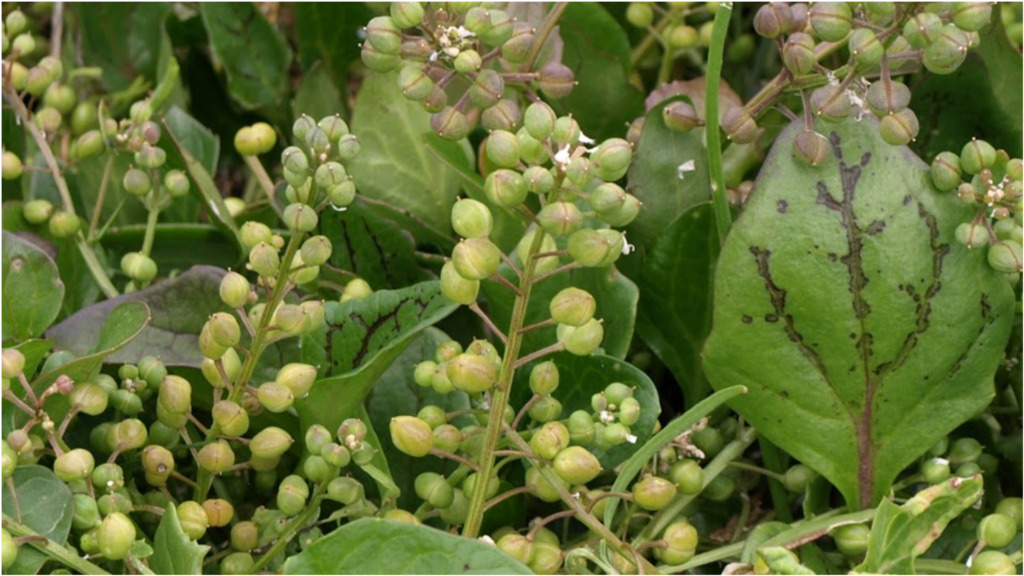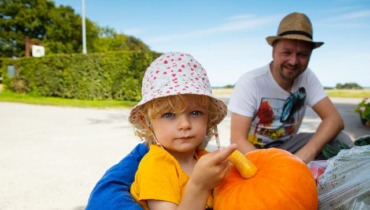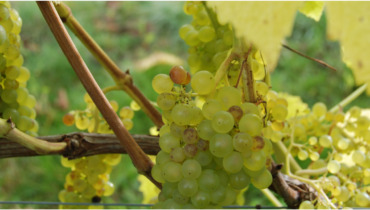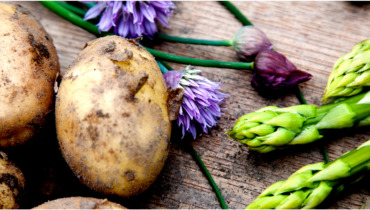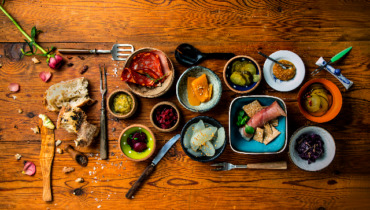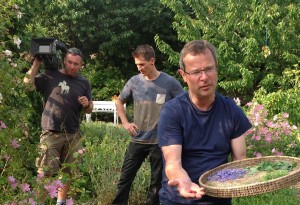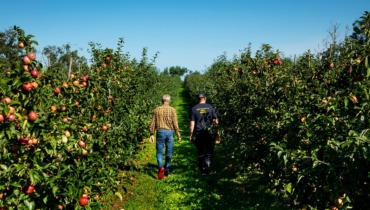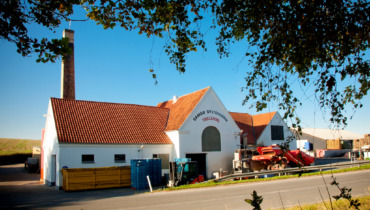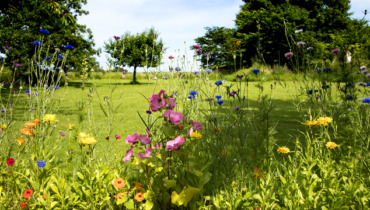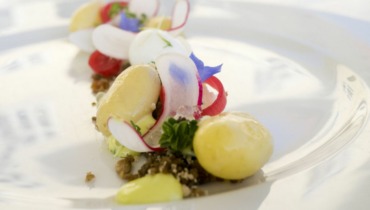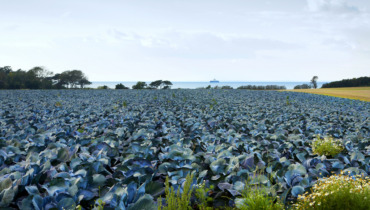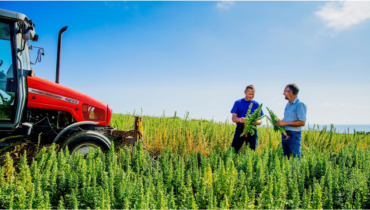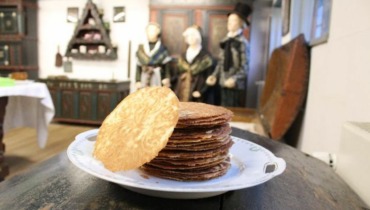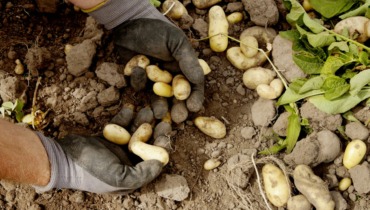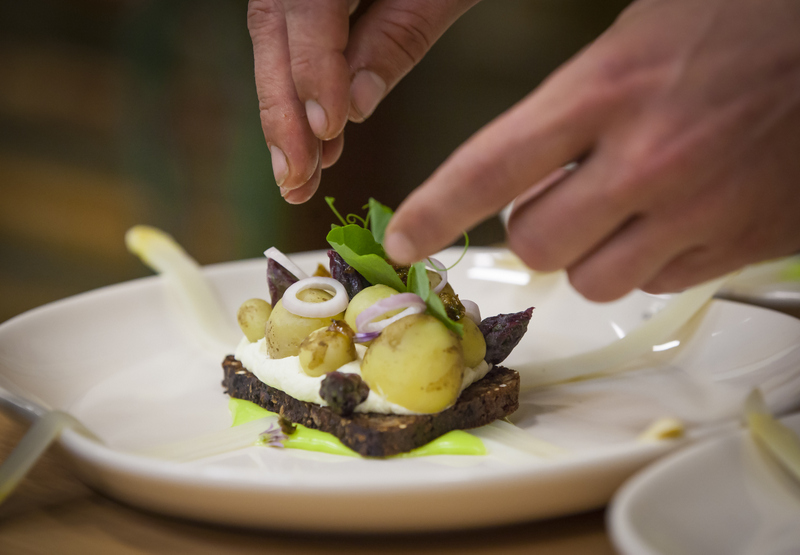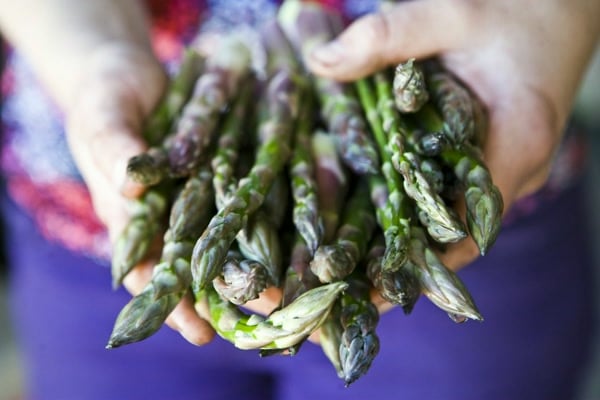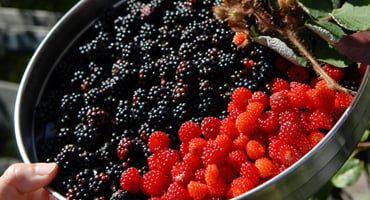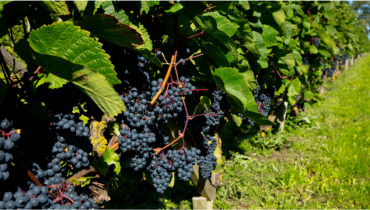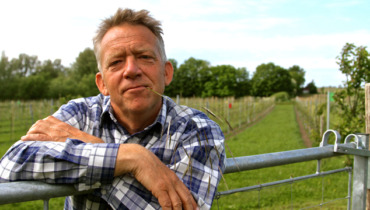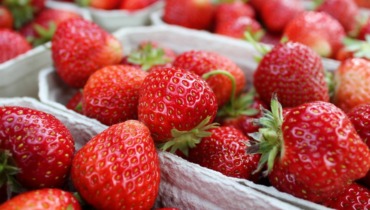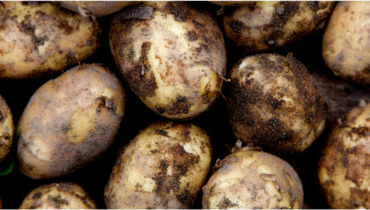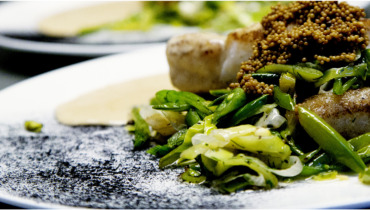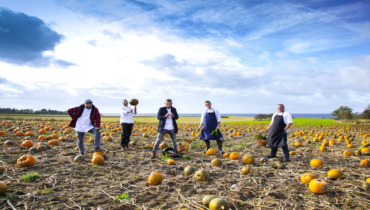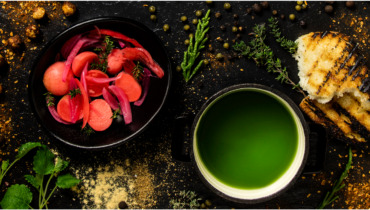Botany with a sea view
Just a few steps from the car park by Samsø Nature School a world of leaves, flowers, stems and roots opens up. Many of them revealing magnificent scents and tastes and if you dig around a little into cultural history, you will discover wonderful and curious stories about the excellent properties of the herbs.
Banks and tidal flats
The area around Lilleør and Langør is quite unique – also from a botanical standpoint. No bigger than one square kilometre, the isthmus connecting Kågsør Hage furthest to the northwest and Langør to the southeast contains beach meadow, sandy beach, heathland, sand banks and tidal flats.
The surrounding water makes a distinct impression on the landscape. In some places there is frequent flooding, in other places the sea water penetrates from below, whilst in other places it is so high that the biotope is quite different. This varied impact by the salt causes the plants of the beach meadow to grow in characteristic belts parallel with the coastline.
This produces a myriad of small and large plants deserving of a closer look.
The hardy succulents sea blite and glasswort grow on the tidal flats by Lillehavet (little sea). The latter we also know as salt herb since the whole plant contains much salt. Glasswort can either be eaten raw or cooked.
On the beach meadow you encounter, among others, the beautiful flowers of the sea aster, sea lavender, media sandspurry, common scurvy-grass, strawberry clover and seaside centaury as well as plants with more inconspicuous flowers such as blackgrass, sea wormwood and goose tongue.
The sandy beach to the far east offers up nice edible plants such as European sea rocket, sea sandwort and beach pea. You can also find the delicate flowers of sea mayweed and sheep’s-bit as well as marram grass.
A little further upland on the beach meadow the perennial meadow saxifrage, cat’s ear with the yellow flowers, the well-known sea thrift, the poisonous goldmoss stonecrop and the dandelion-like mouse-ear hawkweed grow. In the spring, you can also harvest small, delicate field garlic.
On the old sand banks where the sea never reaches grow the species that do not particularly mind salt water. The species crinkled hair grass dominates the area but there is also room for dog roses, Swedish white-beam, heather, crowberry and several other species.
Use your common sense
If you throw yourself into foraging for wild herbs in nature, you must take some precautions. You must know whether you are on private or public land, you must only forage for your own use and in limited quantities and finally you must make sure what you have gathered is safe to eat.
Some plants in the Danish countryside are poisonous. On the whole you need to equip yourself with common sense when you go foraging in nature. It might be a good idea to supplement common sense with a book or app / website describing in detail the appearance and properties of the herbs.
As with vegetables there are also different seasons in the area of herbs and all the flowering species change their appearance in keeping with the seasons.
Some of the plants are probably also more peculiar than actually tasty and then there are some which truly benefit from being steeped in alcohol.
Yum yum yum
And to go straight to the matter of snaps (NB: not the same as German schnapps but rather an Akvavit, meaning ‘water of life’), there are two particular plants in the area that can easily be turned into delicious drops.
Sea wormwood
Sea wormwood grows in several places around the fjord. It has a very strong scent and taste, which is why it has also been known as moth herb, since moths (and virtually all other insects) dislike it.
In a herby snaps however, it is very nice. The sea wormwood is picked from June to August. You will only need a sprig of ca. 5-10cm for a bottle of snaps. Steeping only takes a few hours and after filtering, the snaps is ready to drink.
Wild thyme
Wild thyme is very similar to the one you have in your garden or in herb pots. For the snaps, you need both the flowers and the leaves. The plant is small and easiest to find when flowering in June and July. For a bottle of snaps use three healthy sprigs of ca. 15cm. Let the snaps steep for a few weeks before drinking it.
A morsel of the beach
If herbal snaps isn’t your thing you can pick some of the herbs that are nice in salads, stews or as a green garnish on your lunch dishes.
There are many edible and exciting plants in the area, for example:
Sea plantain
Has been used in Danish cuisine for centuries including soup with sea plantain rolls. The long, fleshy leaves harvested from April to June are used for these. The young tender leaves can be used raw or lightly cooked, while the older leaves are best suited to stews and soups.
Grassleaf orache
The spinach of the beach. From April to July pick the top shoots or the whole plant. Later in the year, you just pick the most tender leaves or harvest the seeds. The plant can be sautéed or lightly fried off and used as a substitute for spinach.
Seaside arrowgrass
You will recognise seaside arrowgrass by the long stalks full of seeds. The plant contains hydrogen cyanide, so it must be cooked well before you can eat it. Both seeds and leaves taste of coriander.
- Samsø Nature School organises public tours several times a year where you can learn about and taste the wild plants of the coast. These tours are free and advertised on VisitSamsø’s event calendar.
- In the Tourist Information in Tranebjerg you can buy the book “Eat wild plants” in which you can find information about growing places, harvest times and use.
- On www.vildmad.dk you can also find good inspiration and tips for foraging in the Samsø countryside.
Last updated: 09/02/2021 08:21

